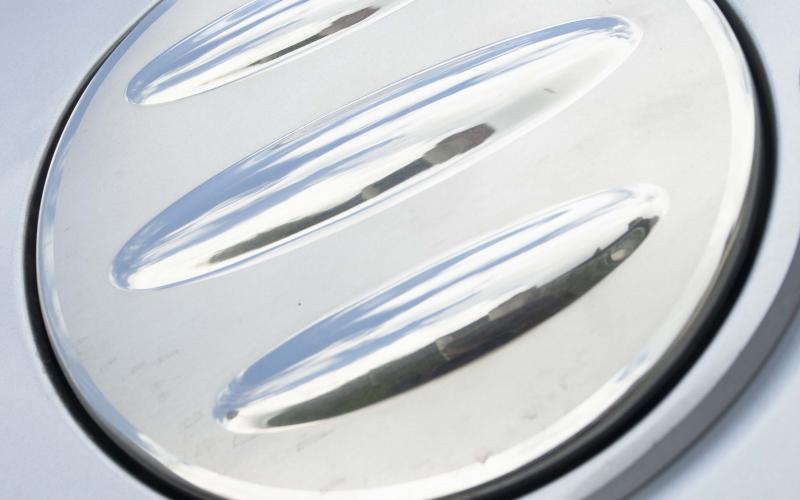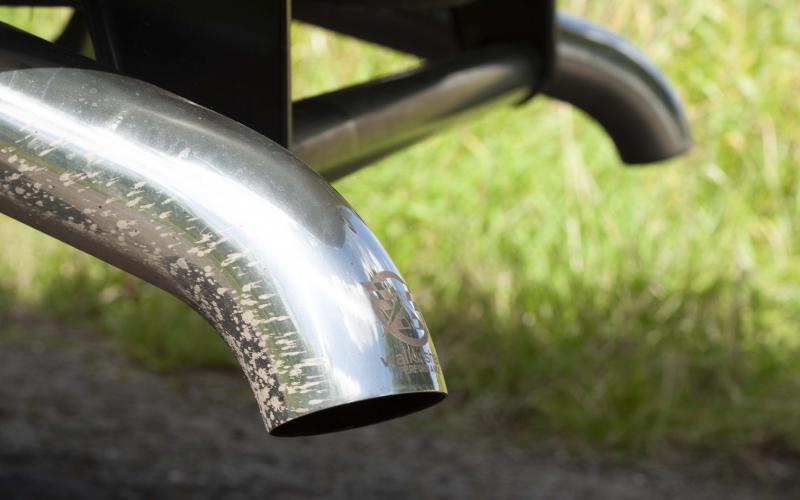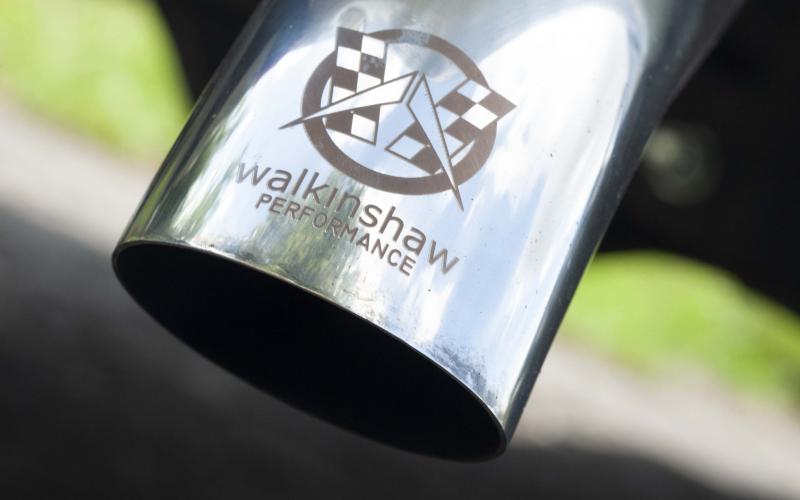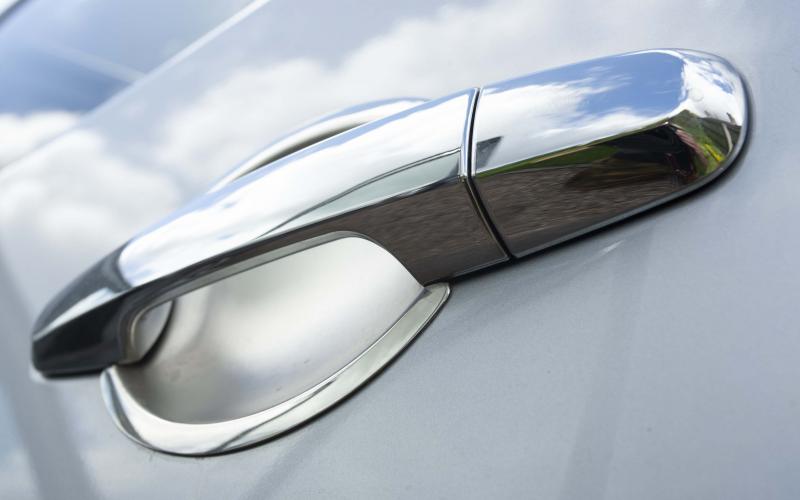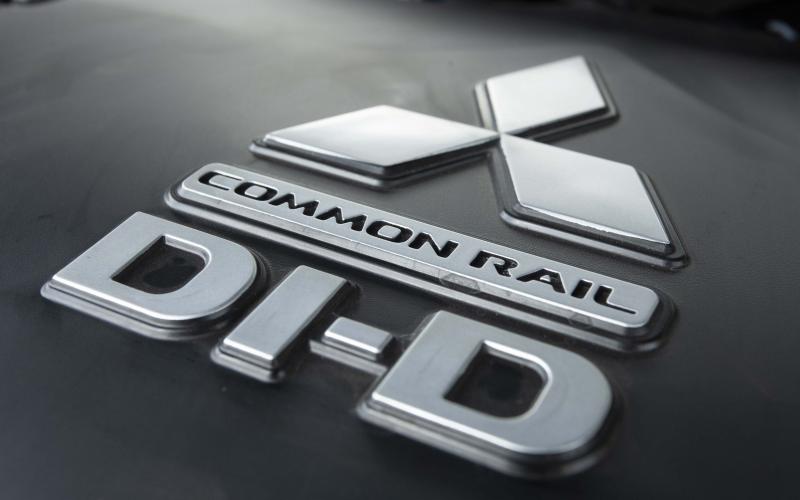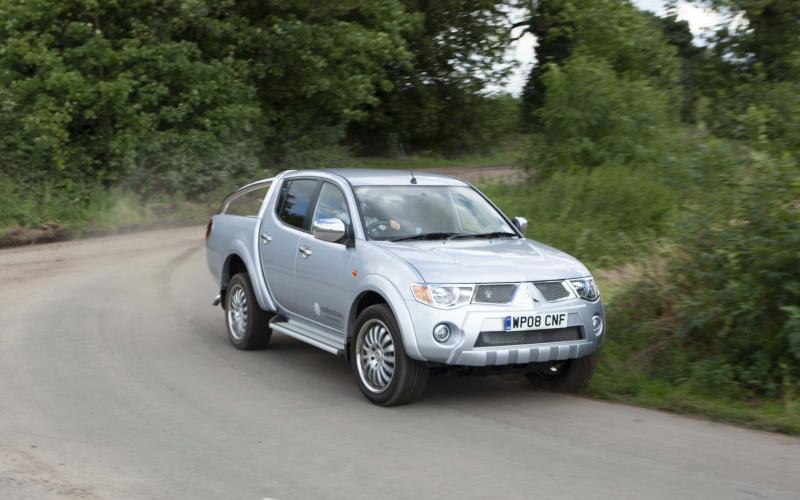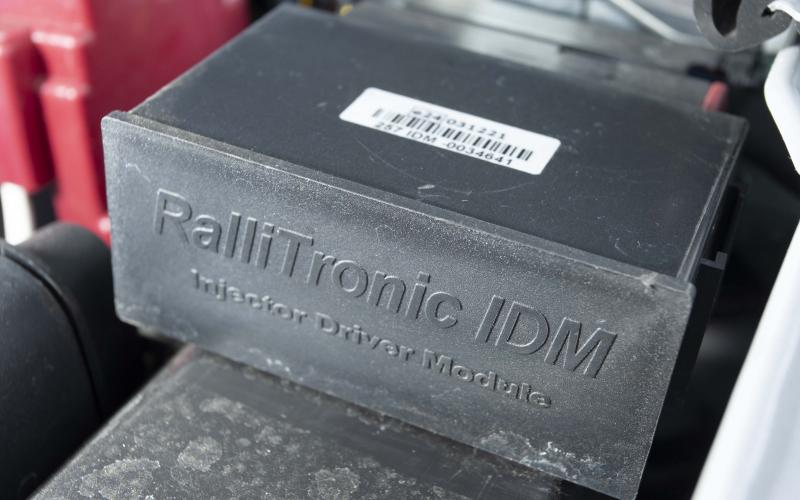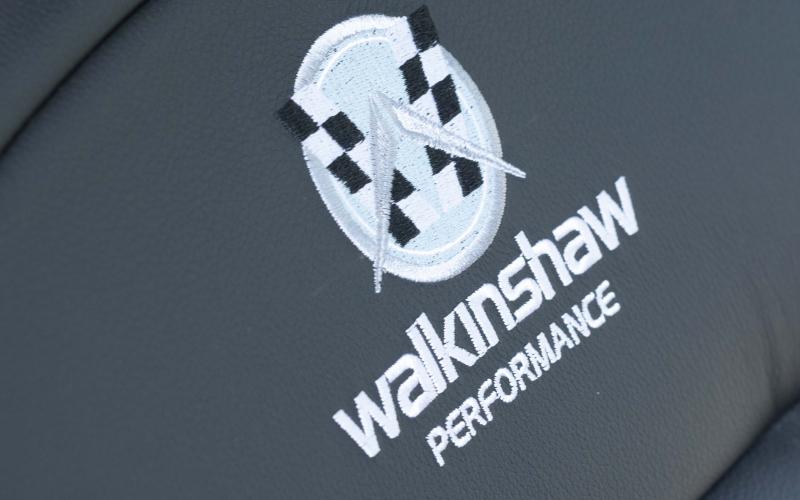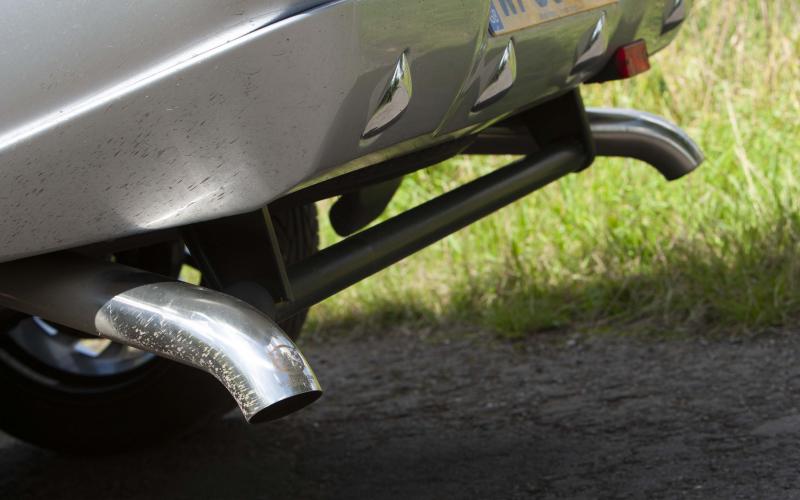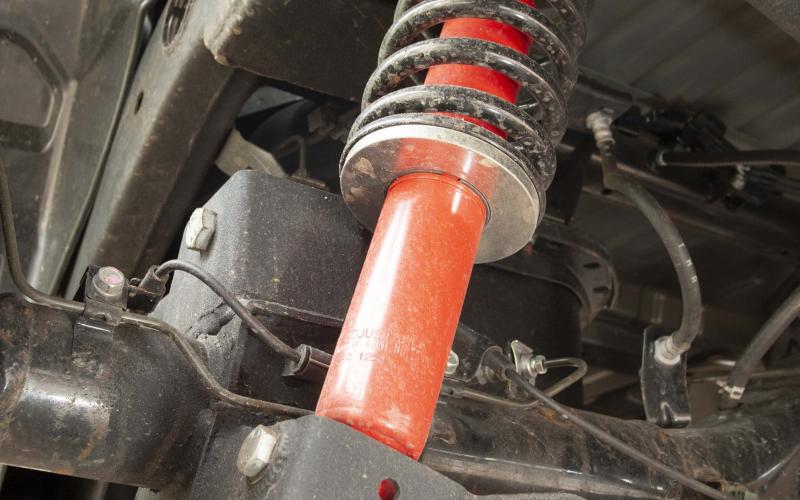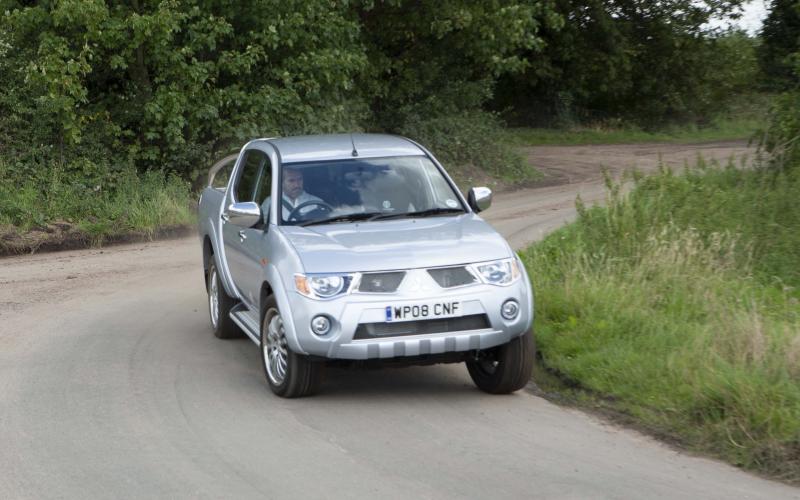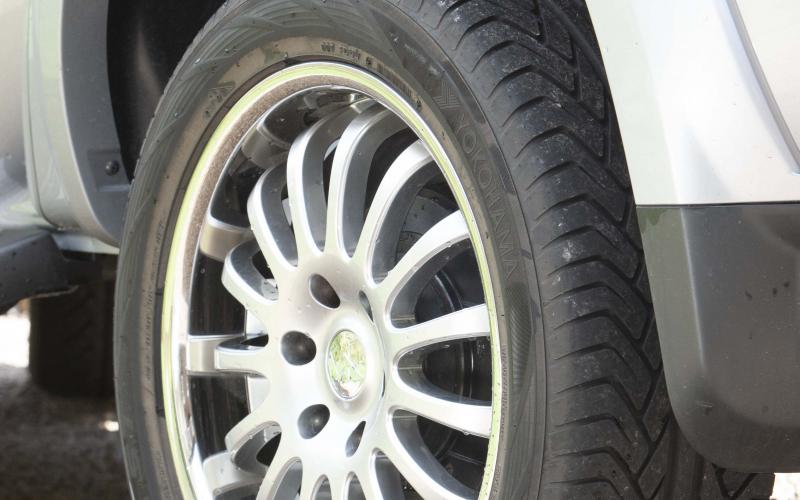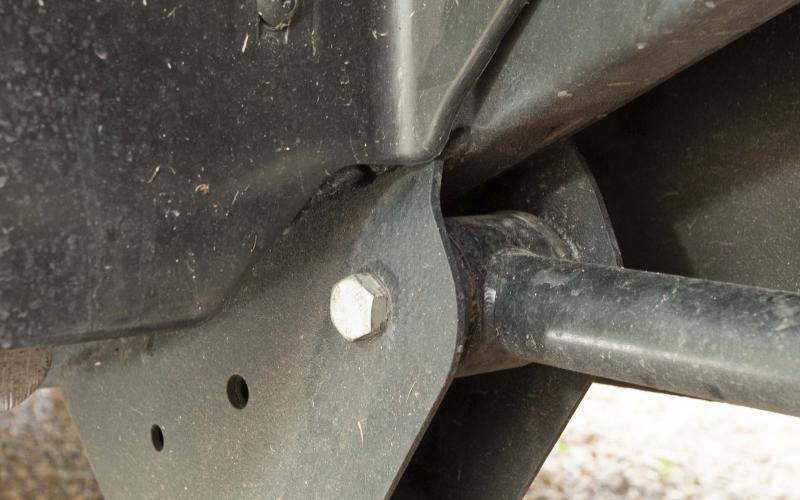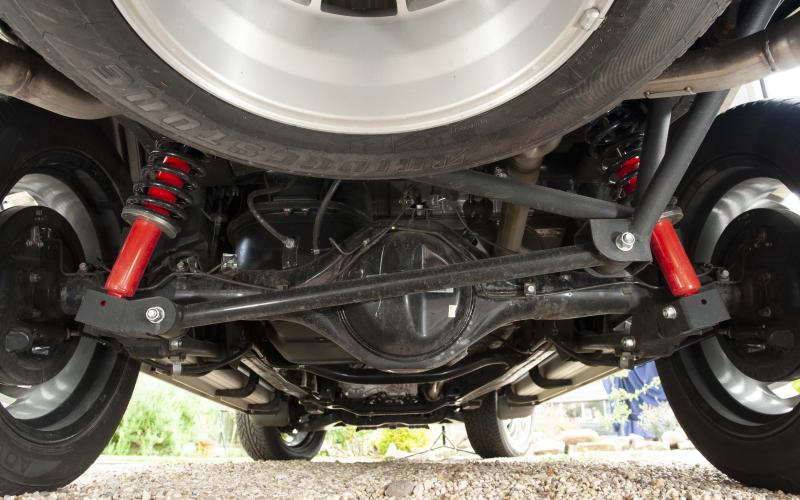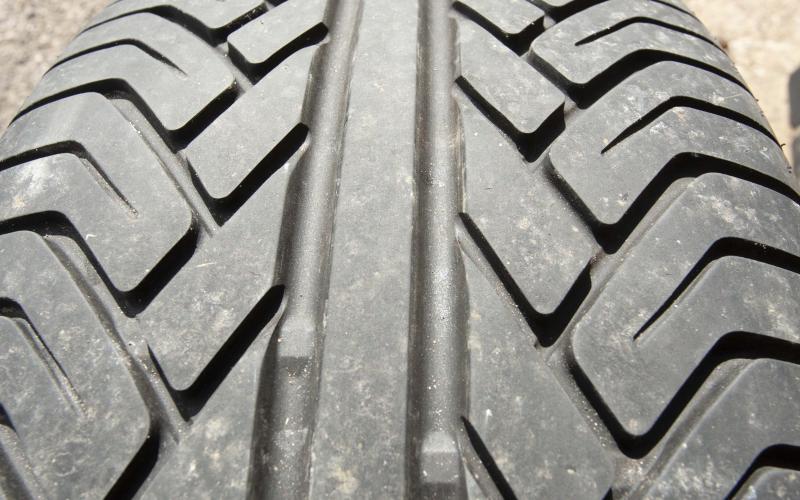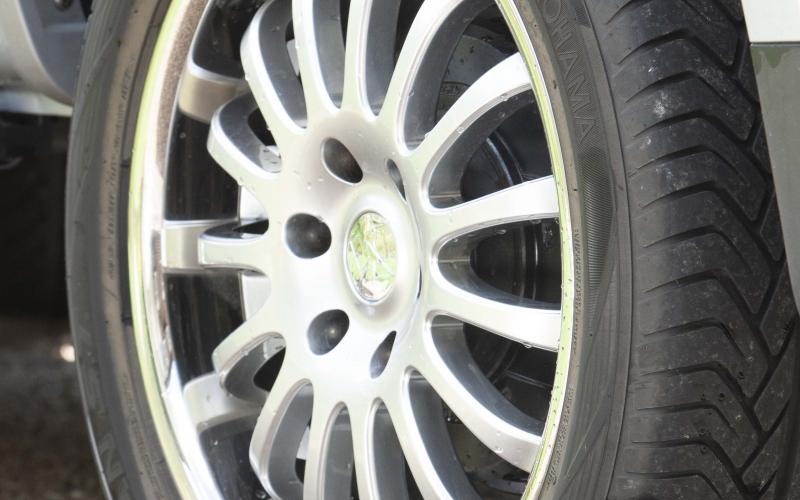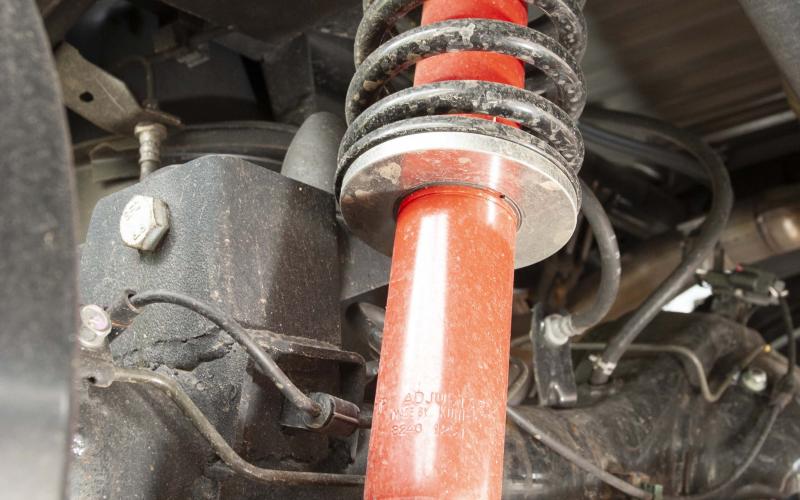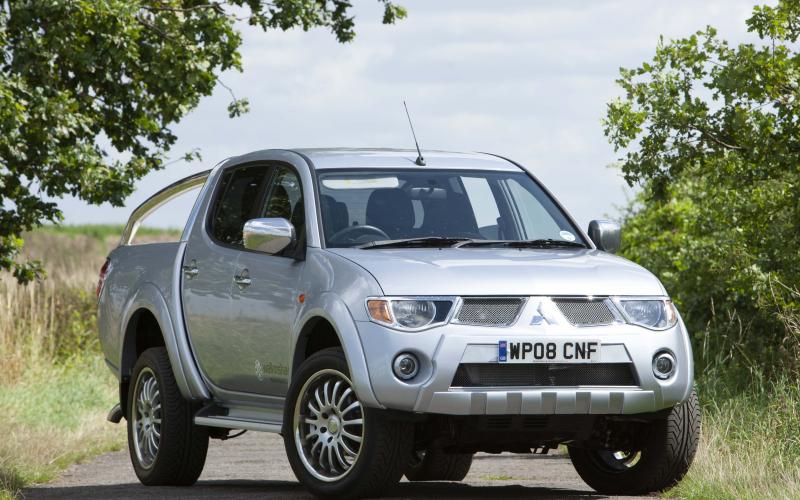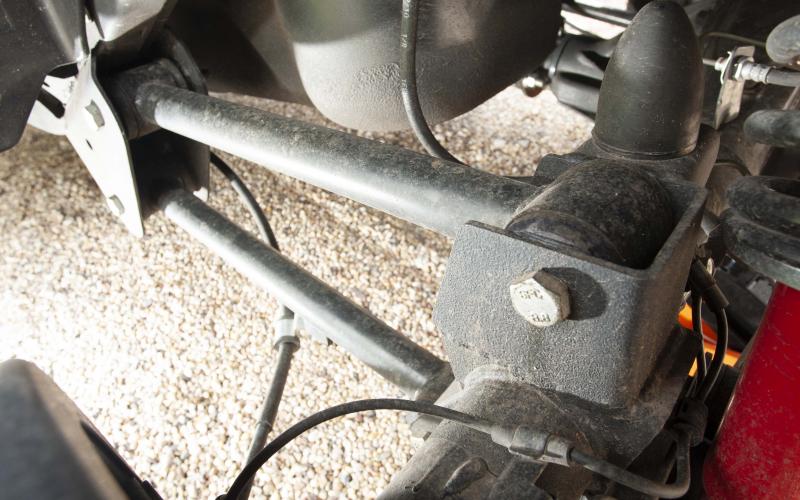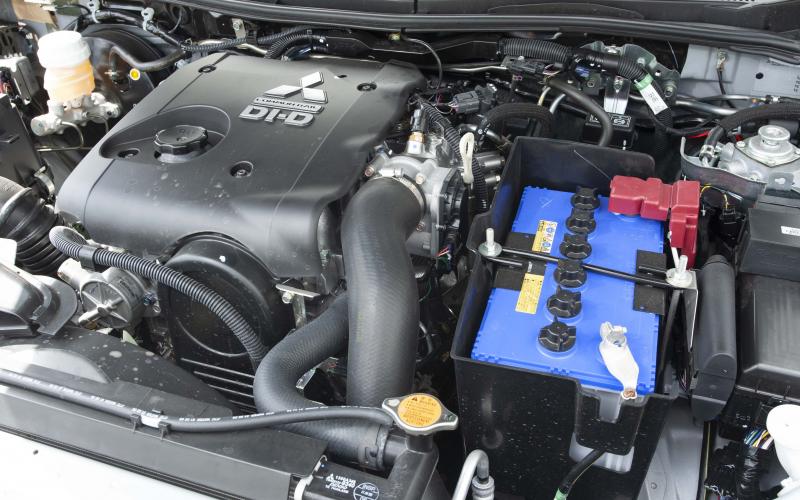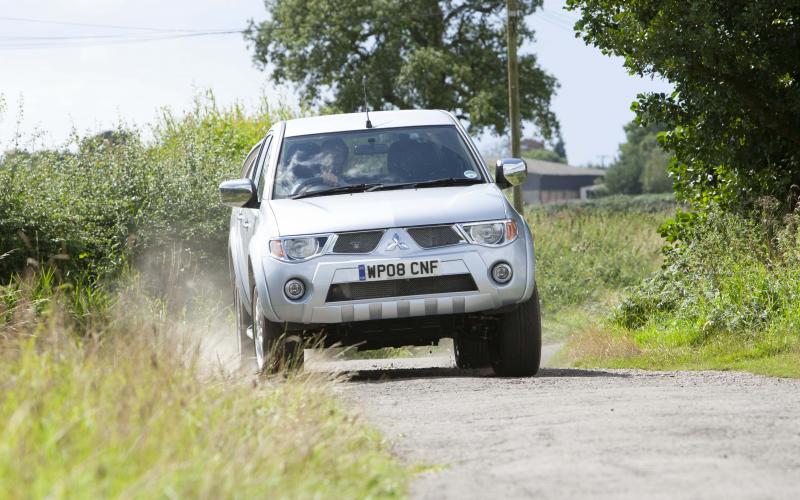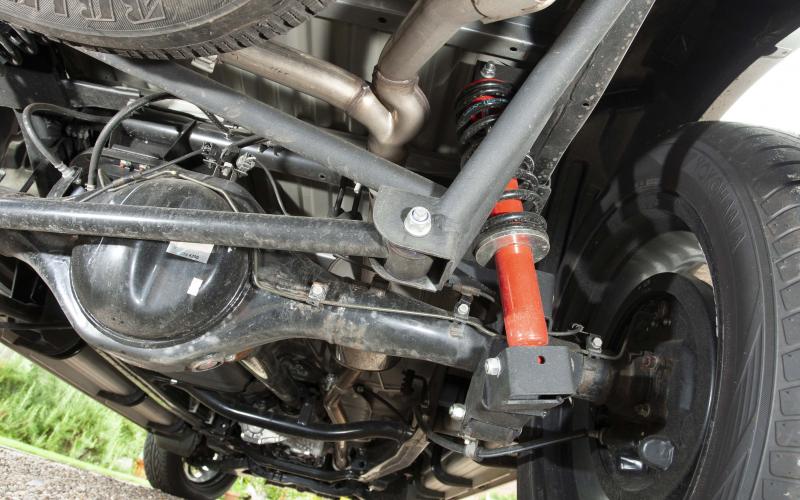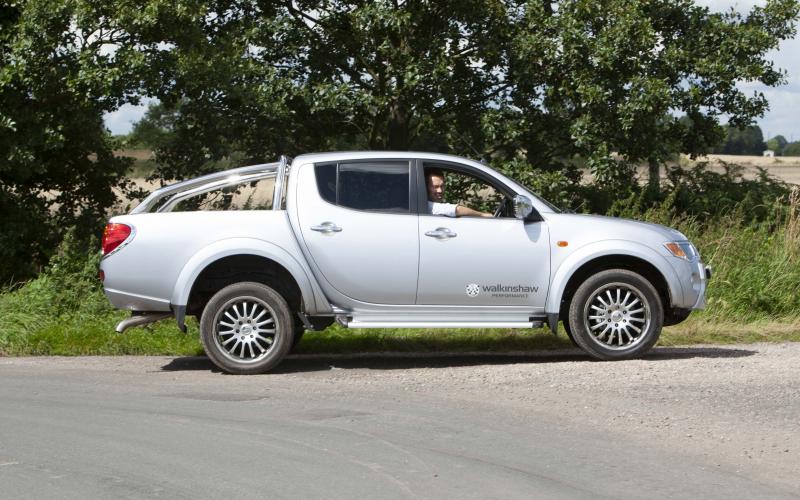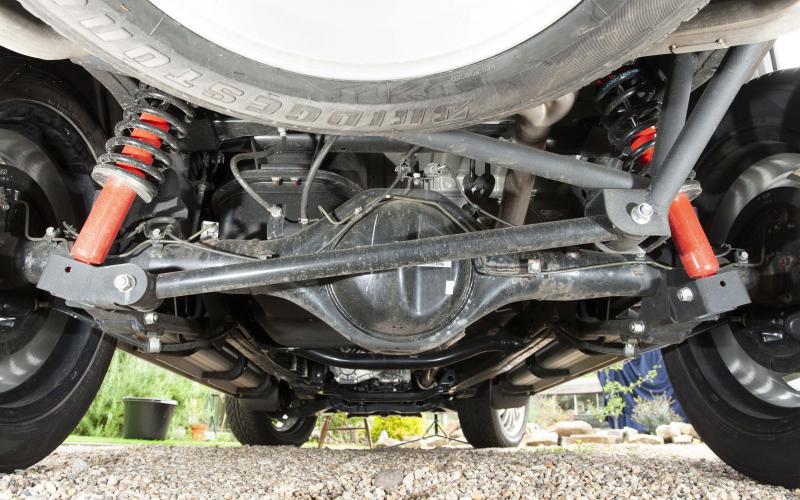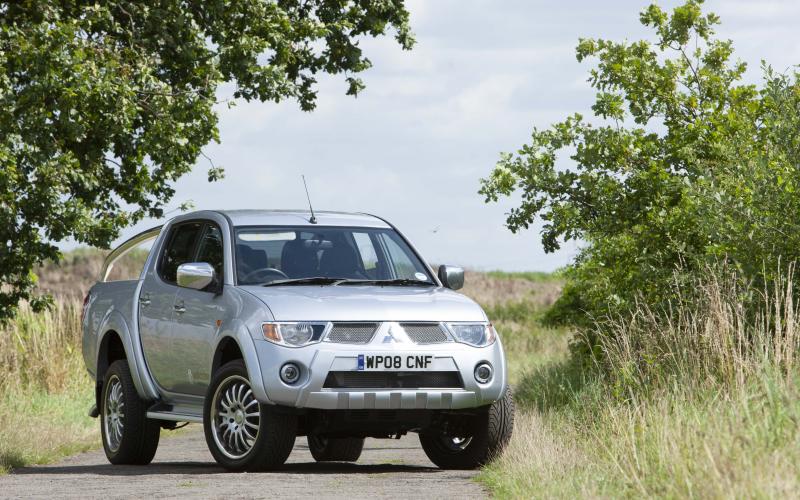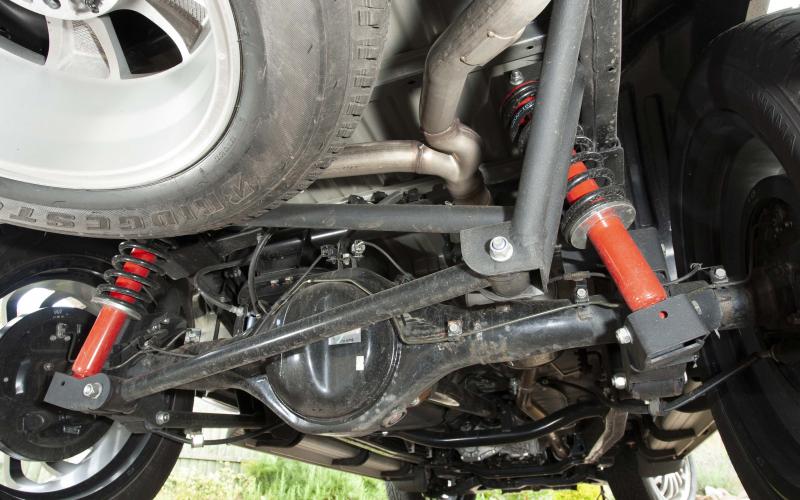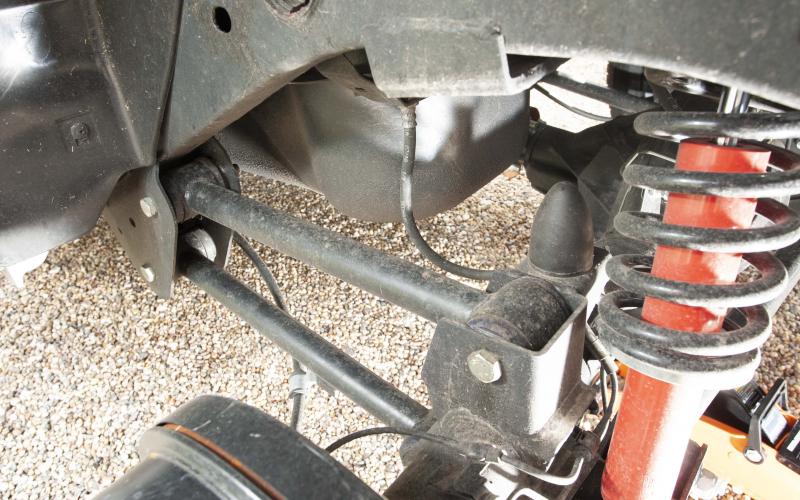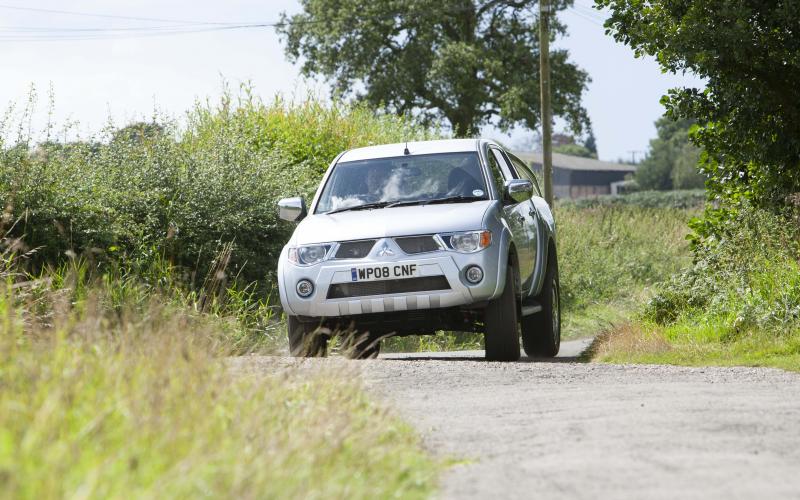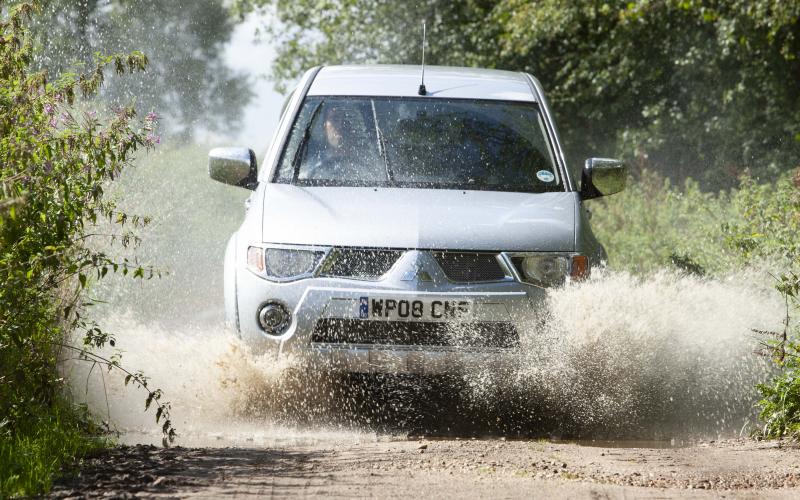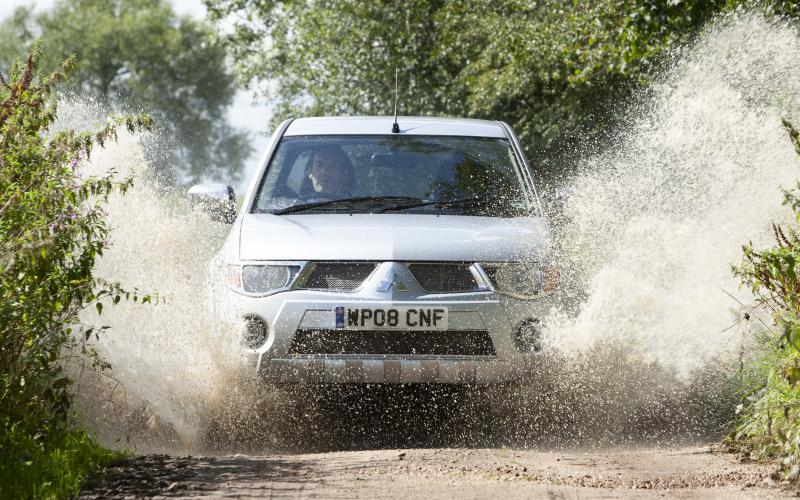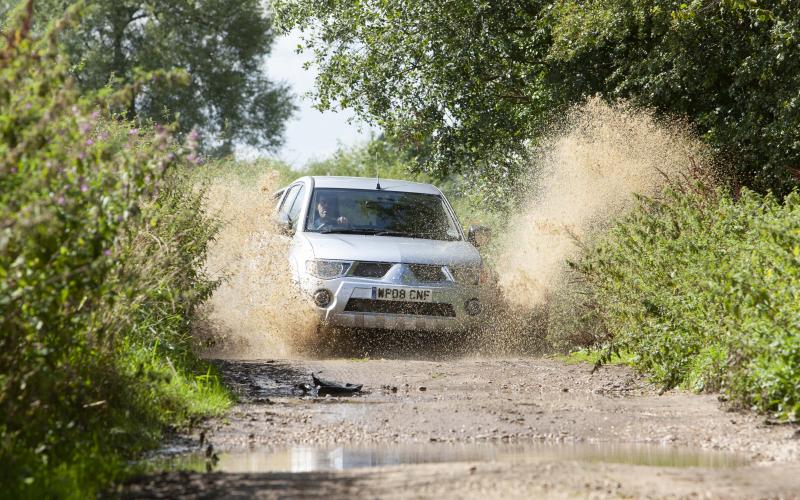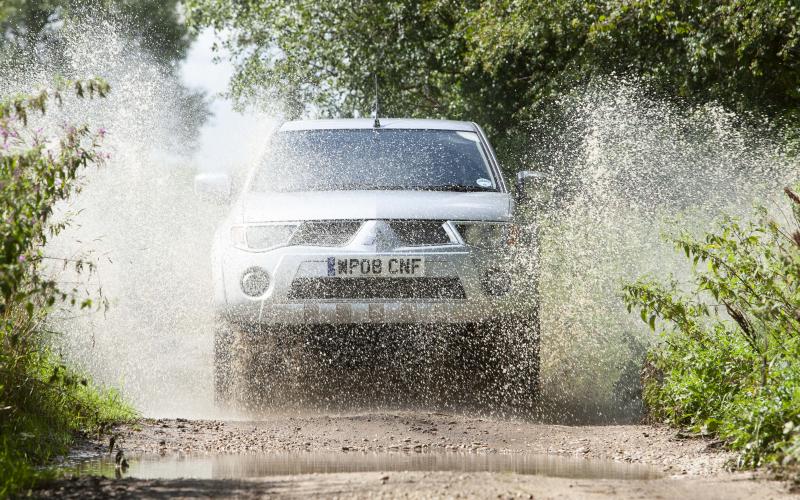ahead of its time
Most 4x4 pick-ups still use leaf springs to deal with the need for a 1000kg payload. But back in 2008, Mitsubishi teamed up with Walkinshaw Performance to create a version of the L200 with
a coil-sprung back axle. With the benefit of hindsight, was it a decade ahead of its time?
When it was introduced in 2015, the current Nissan Navara was credited by most as being the first pick-up in the UK with a coil-sprung back axle.That’s partially true – the Navara was indeed the first mainstream one-tonner with coils. But back in 2008, Mitsubishi sought to blaze a trail by teaming up with motorsport specialist Walkinshaw Performance to create a high-spec L200 with a rear suspension set- up all of its own.
The coil-sprung conversion was actually developed by Walkinshaw as an independent project a year earlier. But Mitsubishi saw it as an opportunity to push the pick-up envelope, and launched a Walkinshaw Performance edition of the L200 to make the most of what the new set-up offered.
Oddly, this didn’t actually have the coil-sprung rear end as standard.That’s because for Mitsubishi to offer it through its dealer network, it would have to be submitted for type approval and so on, probably ensuring in the process that it would never be cost-effective. Instead, customers who wanted it were put in touch with Walkinshaw Performance, which for £2595 plus VAT would do the work on what could be called an approved aftermarket basis.
‘The work’ included lopping off the leaf springs and replacing them with a short-arm set-up using equal-length upper and lower trailing links and a panhard rod. Suspension was taken care of by Koni performance coil-overs, which were also replicated at the front, and the standard bushes were replaced by uprated rubber units at the chassis and polyurethane at the axle.
Walkinshaw’s retro-fit package also replaced the L200’s standard exhaust with a stainless steel twin- exit job which freed up a lot of gas flow (if the extra noise it made was anything to go by).This was added to a chipped version of the 2.5 DI-D engine, good for 165bhp at 3800rpm and 296lbf.ft at 2000rpm, to produce a truck with the firm, instant shove to go with its chromed-up looks.
Naturally, this was a high-spec version of the L200 with leather, sat-nav, cruise, Bluetooth and a CD autochanger. On top of its general blinginess, it also came with 20” alloys wearing 255/50R20 tyres – not what you wanted to see if your off-road sensibilities were twitching at the thought of a coiled rear axle, but ideal for floating the boat of the very many pick-up punters who love the lairy look.
Did it all hang together? Looks-wise, we’d say so, even if low-profile road tyres aren’t our idea of what makes for a tasty truck. But to drive? Well, here’s the thing.
To qualify as a commercial vehicle for tax purposes, a truck has to be able to carry at least 1000kg. This means its rear springs have to be able to hold it up with that much in the back – whether or not you actually intend to put anything in it.
So when the vehicle’s unladen, its springs have at least 1000kg of extra capacity. Put another way, it’s a tonne too light for its own suspension. And if you ask a spring to push back on, say, 1000kg, when it’s designed to push back on twice that much, it stands to reason that it’ll push back twice as hard as you want it to.
Does it matter whether that spring is a leaf or a coil? Well, when we drove the L200 in these pictures we felt the back wheels had perhaps slightly less of a tendency to chatter under really hard cornering on grotty roads. But we also felt you’d not notice the difference without absolutely hammering it – which, admittedly, at least some buyers going for the Walkinshaw Performance might be minded to do.
We also felt it was harder work to drive than a standard L200, with the greater flexibility at the back allowing it to lean further than normal while the front continued to crouch on turn-in the way it was meant to.The result, we found was that there was ‘a sort of gung-ho grin factor to it. But while it is fun, it’s exhausting fun.’
Our biggest concern over this L200, however, was with its ride.We noted ‘a constant commotion from the back axle that presents itself over all but the very smoothest of surfaces. It doesn’t jar the way leaf springs can, but it shudders and bounces exactly the way you’d expect from over-sprung coils. Every time the back tyres hit something, the springs try to compensate for a tonne of loading that’s not there, and you don’t need a degree in physics to appreciate what that’s going to do to the vehicle’s poise.’
We weren’t fans of those low-profile tyres, either, noting that more basic versions of the L200 had an 80-profile tyre – putting an awful lot more sidewall between you and the road than the Walkinshaw’s 50s allowed. It was hard to know how much of the vehicle’s ill-mannered ride came from its tyres and how much from its suspension, but no sooner were we on the motorway than we started noticing a tendency to tramline.‘The steering never really settles down in the straight-ahead position,’ we complained,‘with imperfections in the surface constantly distracting its attention.’
All in all, we were huge fans of the old L200 – but not of this model. Experimenting with coil springs was a bold move, but the conversion didn’t catch on.And while the Walkinshaw edition sold well enough, with its aggressive looks and chipped engine, what it comes down to is that when the fifth-generation model came out in 2015, there wasn’t a coil spring to be seen.
As we now know, Nissan took that plunge when it brought out the current NP300 Navara. This has been on sale in the UK since late 2015, and it’s soon to spawn two related models in the Renault Alaskan and Mercedes X-Class – both of which will have coil springs on their live rear axles.
Does this point towards the end of leaf-springs on pick-ups? Perhaps that’s the way the market will go, yes, as the nascent SUV market went before it. But while the Navara shows how well they can work, the latest L200 demonstrates that a traditional set-up can do so every bit as well if it’s properly set up. Back in 2008, however, this version of Mitsubishi’s huge- selling Mk4 truck promised much – but for us, provided a hefty reminder of the old adage about not fixing what ain’t broke.




